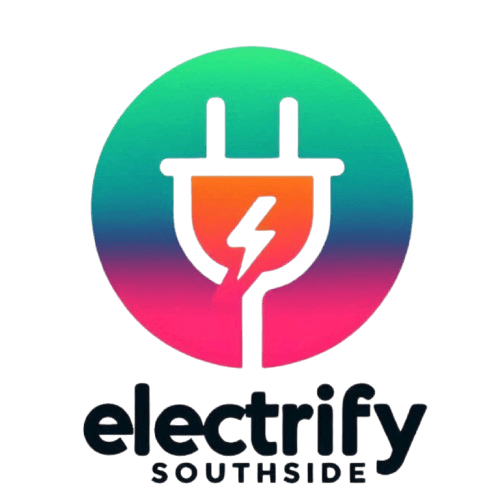Debunking Myths: Common Misconceptions About Community Energy
Understanding Community Energy
Community energy is rapidly gaining attention as a sustainable and inclusive approach to power generation. Despite its growing popularity, several misconceptions cloud the public’s understanding of what community energy truly entails. By debunking these myths, we can better appreciate its potential benefits and encourage broader participation.

Myth 1: Community Energy Is Only About Solar Panels
While solar panels are a popular component of many community energy projects, they are not the sole focus. Community energy encompasses a wide array of renewable sources, including wind, hydro, and biomass. The goal is to harness locally available resources to produce energy sustainably. By diversifying energy sources, communities can ensure a more resilient and reliable energy supply.
Myth 2: Community Energy Is Only for Rural Areas
A common misconception is that community energy projects are only feasible in rural settings. In reality, urban communities are increasingly adopting these initiatives. Rooftops, vacant lots, and even urban waterways can be utilized to generate clean energy. Cities around the world are embracing community energy as a means to reduce carbon footprints and promote sustainability.

Myth 3: Only Environmentally-Conscious People Benefit
Another myth is that community energy initiatives only benefit those who are already environmentally conscious. However, these projects can offer financial savings and energy security to all participants. By investing in local energy projects, community members can often access cheaper and more stable energy rates, making it an attractive option for a broad audience.
Myth 4: It's Too Complicated to Participate
Many people believe that getting involved in community energy projects is overly complicated. However, most initiatives are designed to be accessible and straightforward. Community groups often guide new participants through the process, making it easy to join and benefit from these projects. By simplifying participation, more individuals can contribute to and benefit from local energy solutions.

The True Benefits of Community Energy
Community energy projects offer numerous advantages beyond environmental impact. They empower local communities by creating jobs, fostering collaboration, and retaining economic value within the area. With shared ownership and decision-making processes, these projects can enhance civic engagement and strengthen community ties.
Conclusion: Embracing Community Energy
Understanding and debunking the myths surrounding community energy is crucial for its success and proliferation. By broadening public knowledge and participation, communities can harness the full potential of these sustainable energy solutions. As we move towards a greener future, community energy stands out as a key component in achieving widespread renewable adoption.
